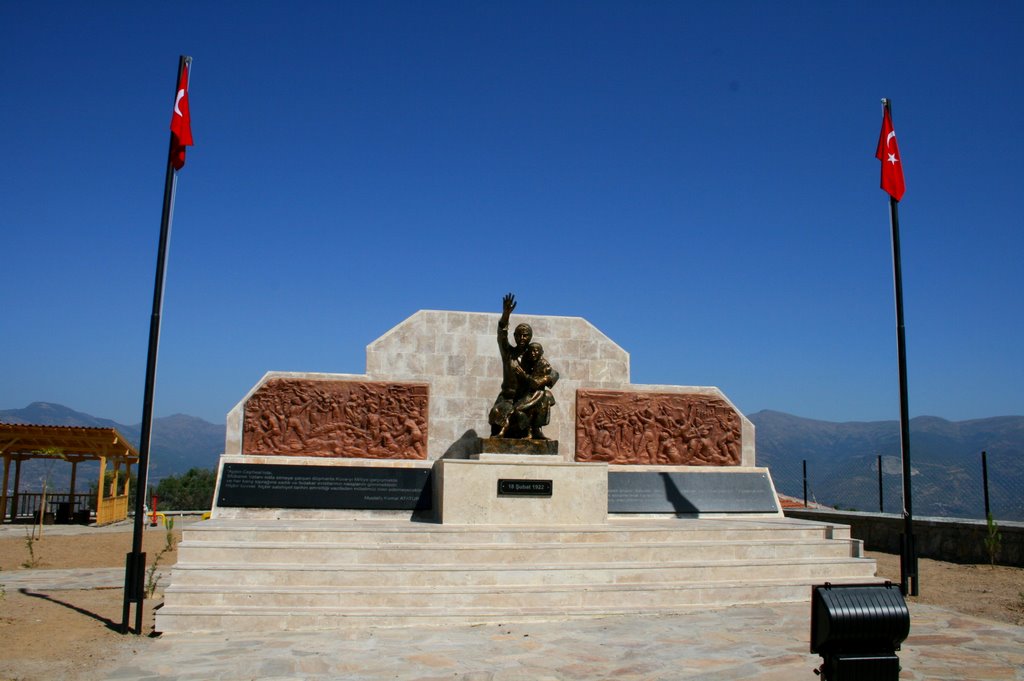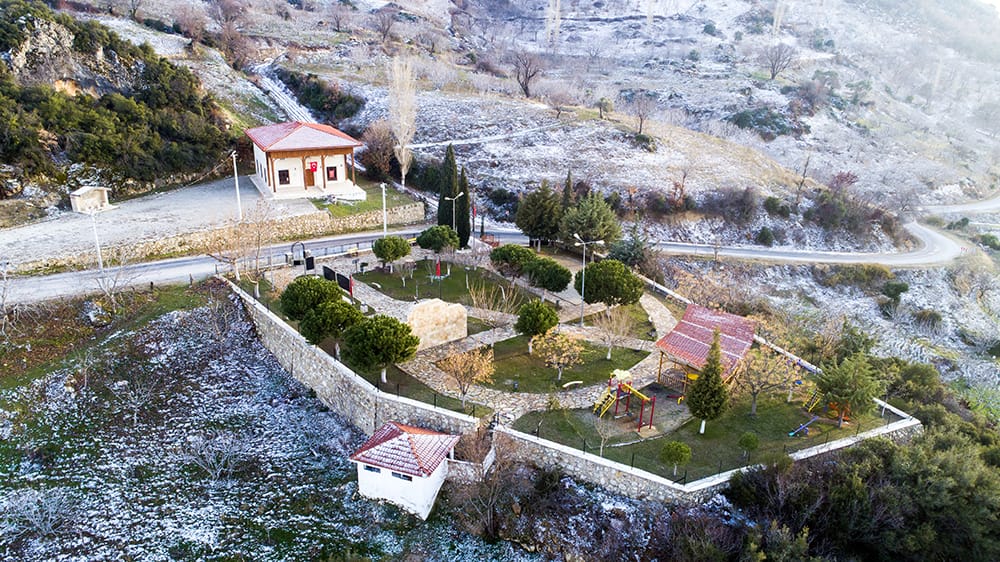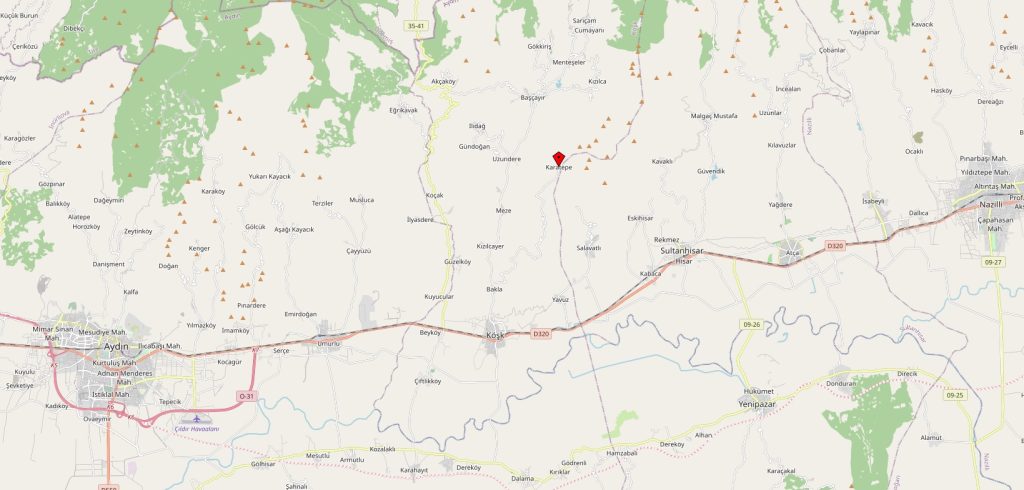On the evening of February 18, 1922, Greek armed forces committed a mass murder of the local population in the mountain village of Karatepe/Aydın, which became synonymous with horror and inhumanity.
Exactly 101 years ago, on February 18, 1922, one of the cruelest massacres of the Turkish-Muslim civilian population in western Anatolia took place in the picturesque landscape of olive and fig trees above the mountains of Köşk. With the capture of the city of Izmir on May 15, 1919, the Greek army heralded the occupation, pillaging, depopulation and destruction of Western Anatolia. The inhabitants of Karatepe were suspected by the Greek occupying army of helping the resistance fighters of the “Kuvâ-yi Milliye” (“National Armed Forces”), who were fighting against the invaders. On that day, it is said to have been bitterly cold in the region, as Muharrem Ayaz, a descendant of a family from a nearby village, emphasizes from his family’s stories.
Numerous villagers are shot dead in their homes
With the help of Greek militias familiar with the area, Greek units advance into the high-lying Karatepe. At around 9 p.m., the entire village is surrounded by soldiers, sealed off and the inhabitants are ordered to gather in the central square. A communiqué is to be read out to the people, which then turns out to be a trap. Only a few people are on the pitch. The Greek units use force to gain access to the residents’ homes. Some are shot on the spot and many are locked up in two mosques.
Systematic killing of civilians and the destruction of mosques and homes
The residents of the Sarı Ahmetler, Helvacılar, Mahmutlar and Akçalar neighborhoods are forced into the Sarı Ahmetler Mosque at gunpoint. The same fate befalls the people of the Sekiyurt district, who are locked up in the mosque of the same name. The church is surrounded by the murder squads, who fire indiscriminately from their machine guns at the helpless civilians. The Greek units then throw hand grenades into the crowd. To ensure that no one survives the violent crime, the soldiers approach the victims to stab them with their bayonets.
Both houses of worship are then set on fire, and 98 of the 123 inhabitants of the Sarı Ahmetler Mosque are cruelly killed in the house of worship. 25 injured people manage to escape from the inferno. There was no escape for 56 villagers who died in the flames of the Sekiyurt mosque. That night, pregnant women, children, babies and elderly people were shot with great ruthlessness, while others were burned alive. Some of the victims literally ran for their lives and sought shelter in the woods.
Desperate cries for help from the burning mosque
The carnage lasted until the early hours of the morning. Witnesses from the neighboring mountain villages reported desperate cries for help from the burning mosques and a pungent, acrid smell in the air. According to historians who have evaluated archive documents and eyewitness reports, more than 200 people died in the attacks on the civilian population of the mountain village of Karatepe and the neighboring villages. The responsible officers and generals of the Greek army were never held legally accountable for these war crimes against the Turkish-Muslim civilian population.
Film clip by YouTube influencer Emre Gürbüzerol about the Karatepe massacre
YouTube influencer Emre Gürbüzerol paid a visit on the occasion of the 100th anniversary. In 2022, to commemorate the 50th anniversary of the massacre, we visited the memorial in Karatepe (“Karatepe Şehitliği”) and conducted interviews with the descendants of the victims and survivors. If you would like to find out more about the background to this violent crime, you should watch this valuable film (“Aydın Karatepe Katliamı”).
Mezalim is the technical term for mass violent crimes against Muslims
Yesterday, Saturday, the victims of the Karatepe massacre were commemorated in the Köşk region in the province of Aydin. Representatives of the city administration, the mayor of Köşk, Nuri Güler, and the local population came to the memorial site. A communal prayer was held in honor of the victims.
The Karatepe massacre occupies an important place in the collective Turkish culture of remembrance. Every year, thousands of adults and school classes visit the memorial in Karatepe near Köşk. In Turkish and Azerbaijani historiography, the term technicus Mezalim has become established for mass violent crimes against the Muslim civilian population.



